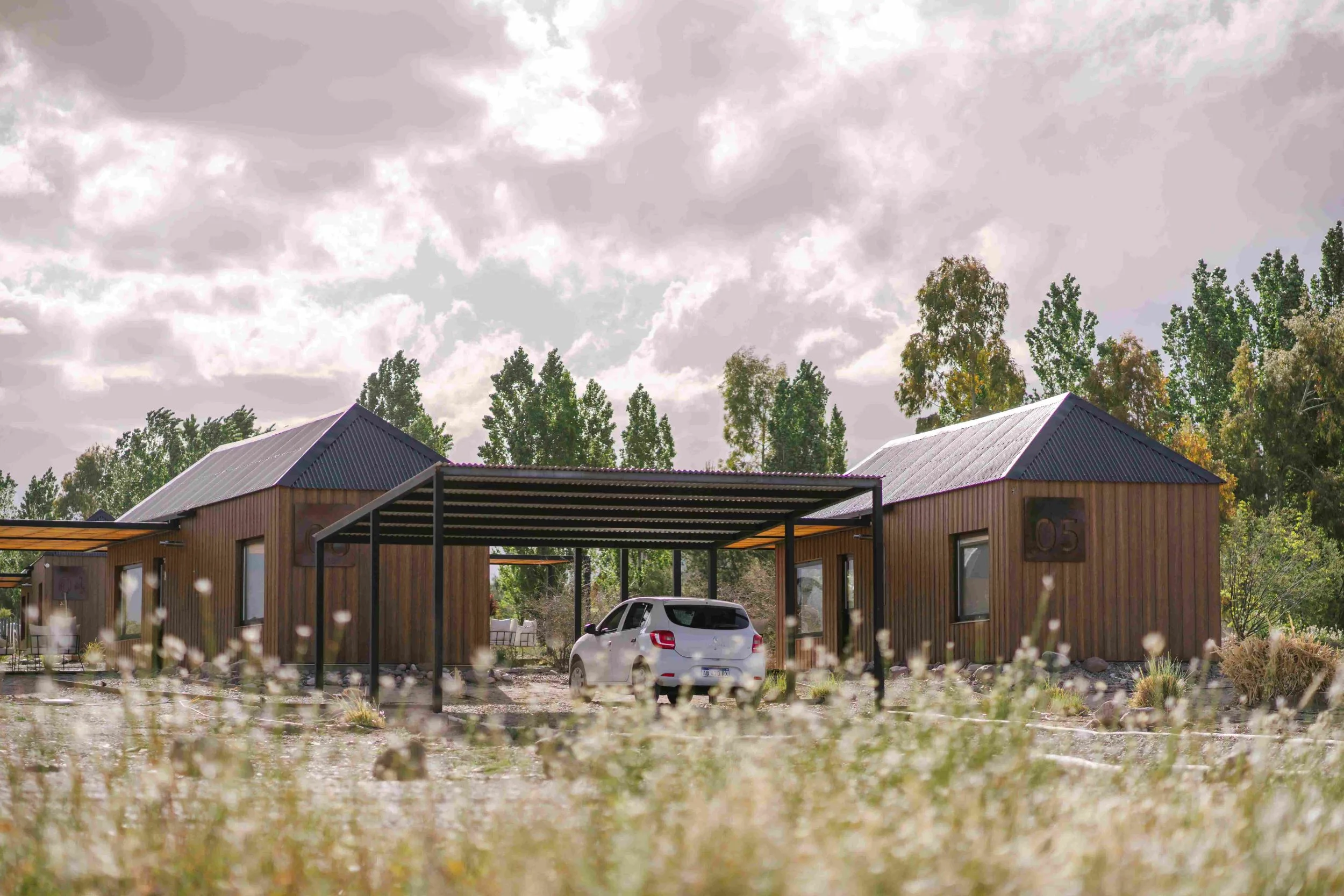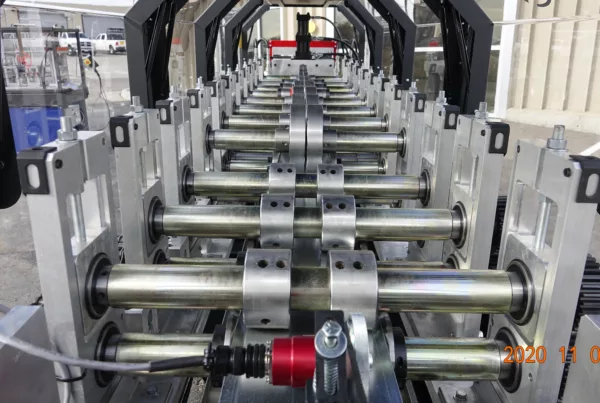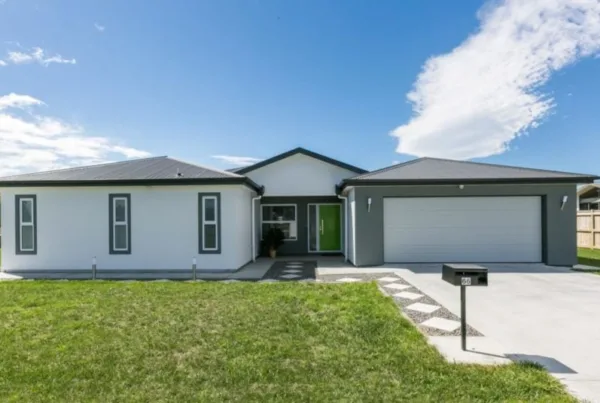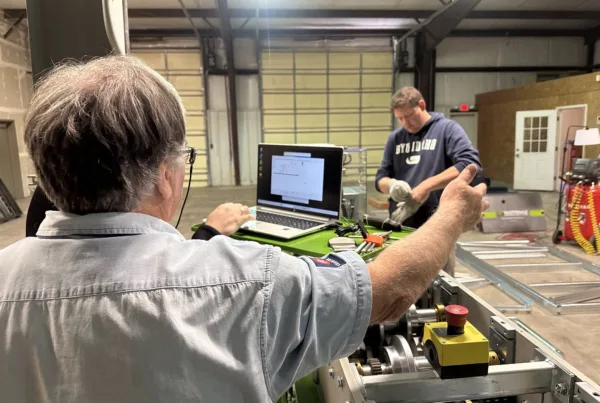Cold-formed steel and roll forming create a more sustainable future. Sustainability has become one of the most pressing priorities in modern construction. Across residential, commercial, and industrial projects, developers, designers, and owners are seeking building materials that reduce environmental impact while delivering strength, safety, and long-term value. Steel framing is increasingly recognized as a cornerstone of this movement. When combined with roll forming technology, steel framing transforms into a highly efficient, low-waste solution that outperforms traditional building materials in both durability and sustainability.
Where is the waste in the image below? With advanced roll forming technology, steel framing waste is virtually eliminated. What little remains is collected in a small bin placed under the roll forming machine at the end of the line.
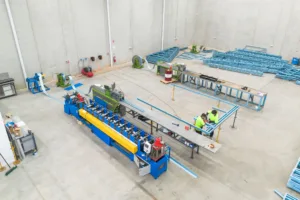
Image Source: ISG Frames
Why Sustainability Matters in Modern Construction
The construction industry accounts for a significant share of global resource use, carbon emissions, and waste generation. Every project, whether a single-family home or a large industrial facility, has an environmental footprint. Choosing sustainable materials is no longer a luxury; it is a necessity to meet climate goals, improve building performance, and create healthier, more resilient communities.
Cold-formed steel is at the forefront of this shift. Its strength-to-weight ratio, recyclability, and precision fabrication make it one of the most sustainable structural materials available. Steel framing not only reduces resource consumption during construction but also enhances the long-term efficiency of buildings, minimizing repair and replacement over decades of use.
What Makes Steel Framing Sustainable?
Several attributes make steel framing a leader in sustainable construction practices:
- Recyclability – Steel is 100% recyclable without any loss of performance. At the end of a building’s lifecycle, steel framing can be reclaimed and reused, feeding directly back into the circular economy. Unlike wood, which degrades in quality through recycling, cold-formed steel retains its structural properties indefinitely.
- Durability – Steel framing resists termites, mold, rot, and warping. This durability extends the life of a building and reduces the need for replacement materials, directly cutting down on resource use.
- Precision Manufacturing – Roll forming technology produces cold-formed steel members to exact specifications, ensuring every piece has a purpose. This precision fabrication minimizes off-cuts and waste. In fact, the roll forming process reduces steel framing waste to less than 1%, a dramatic improvement compared to traditional materials.
- Energy Efficiency in Design – Steel framing supports advanced design methods that integrate insulation, thermal breaks, and energy-efficient assemblies. This results in buildings that consume less energy during operation, which further strengthens their sustainability profile.
The roll forming process reduces steel framing waste to less than 1%, a dramatic improvement compared to traditional materials.
Roll Forming and Cold-Formed Steel: A Perfect Match for Sustainability
The advantages of cold-formed steel are multiplied when paired with roll forming technology. Roll forming steel framing involves fabricating members on demand, tailored to the unique requirements of each project. Instead of purchasing stock lengths of framing that may require cutting, modification, or disposal of unused portions, builders can create exactly what they need on site or in a dedicated facility.
This process significantly reduces waste, saves time, and lowers project costs. When less material is discarded, fewer resources are consumed, and fewer emissions are generated. Roll forming is not only efficient, but it is also a clear demonstration of how technology can enhance sustainability in construction.
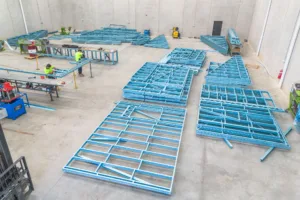
Image Source: ISG Frames
Building with Sustainable Products is a Global Goal
Using sustainable products like steel framing and cold-formed steel delivers value far beyond environmental benefits. For builders and owners, it means:
- Cost Savings through reduced waste, fewer repairs, and longer building lifespans.
- Stronger Market Appeal, as clients and communities increasingly demand eco-friendly construction practices.
- Regulatory Compliance, since many jurisdictions now encourage or require sustainable building practices.
- Certification Opportunities, including LEED and other green building programs, where steel framing earns credits for recyclability, durability, and efficient use of resources.
By choosing roll forming steel framing, projects align with global sustainability goals while also improving performance and profitability.
Below is a list of industry-wide sustainability documents and standards published by the Steel Framing Industry Association (SFIA):
Scottsdale Knowledge Base is a comprehensive repository of information, data, design aids, tools, expert advices, manuals, and many other resources on prefabricated steel framing.
Not only is it a powerful tool for any architect, engineer, contractor, framing shop, homebuilder, building material supplier, or anyone involved in cold-formed steel framing, it also enables seamless integration of Scottsdale’s industry-leading steel framing roll former equipment and technology into virtually any work flow. All licensed customers and ScotSteel subscribers receive complementary access to Knowledge Base. Become a member today of our ScotAI-assisted steel-framing information platform, and elevate your business!
Building the Future with Cold-Formed Steel
From single-family homes to large commercial towers, steel framing has proven itself as a sustainable, resilient, and cost-effective solution. Roll forming adds another dimension to its value by enabling just-in-time manufacturing, reducing waste, and ensuring every project has the right components for the job.
In a world where sustainability is both an ethical responsibility and a business advantage, the case for building with steel framing and cold-formed steel is clear. By embracing roll forming steel framing, the construction industry can move closer to a future where buildings are not only stronger and safer but also smarter and more sustainable.
Additional Scottsdale Roll Forming Solutions and Resources
- Blog – Comparing Steel vs Wood Framing: Why Steel is Better
- Blog – Remarkable Results in Steel Framing with Roll Forming Technology
- Blog – Steel Homes: An Affordable Solution to the Housing Crisis
- Blog – Steel Framing System: Complete Guide for Better Construction in 2025
- Blog – Steel Homes Make a Better Choice with Surging Lumber Costs
- Video – Why TAG Frames Trusts Scottsdale in Roll Forming Technology
- Video – Innovative Roll Formers Make STALART a Steel Framing Leader
- Video – Off-Site Construction of a Hotel with Prefabricated Steel Framing
- Financial Services
To learn more about Scottsdale’s roll forming solutions, visit us at www.scottsdalesteelframes.com, call us at +1 (888) 406-2080, or email us at rollformers@scottsdalesteelframes.info.
